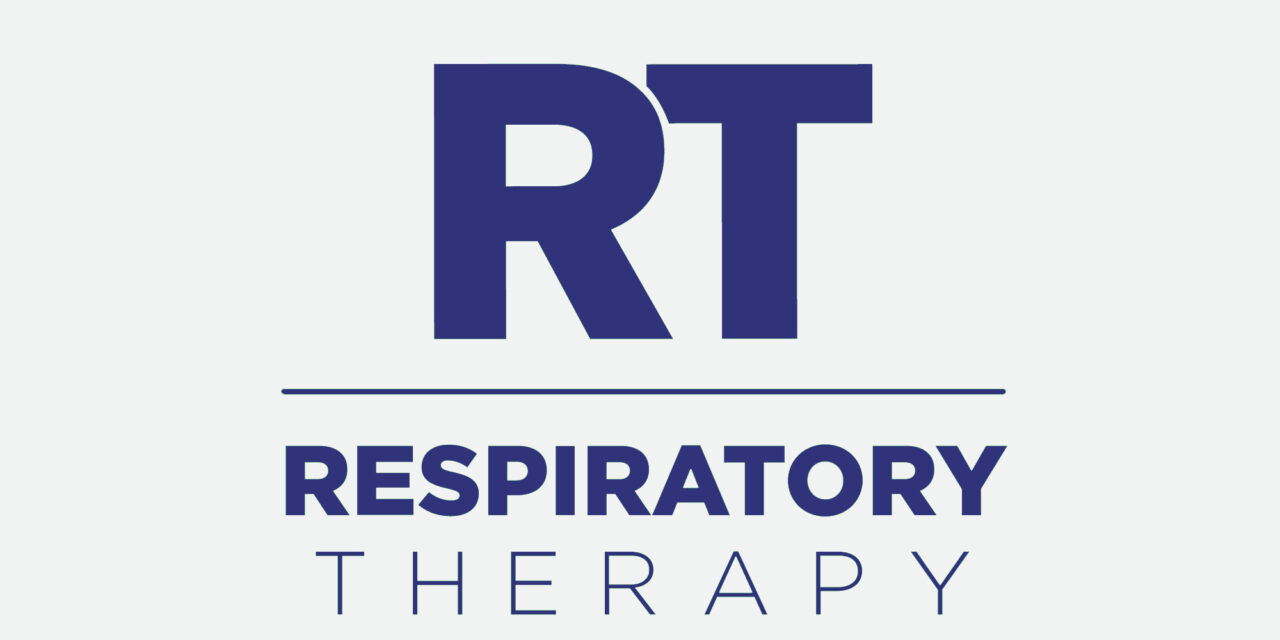1999’s “Patch Adams,” is more than a heart-warming story about becoming a doctor. For healthcare professionals, it’s a wake-up call.
By Tony Ramos
The feel good movie of 1999, “Patch Adams,” is more than just a heart-warming true story about one man’s unconventional journey to becoming a doctor. While it is certainly a funny and touching look at hospitals and the healthcare system in general, its true message goes beyond the humor. For healthcare professionals, it’s a wake-up call.
With managed care and health care reform taking center stage since the late 1980s, many aspects of health care have been reduced to a conglomeration of numbers, charts, and graphs. Turf battles over who will be responsible for patient care have arisen between departments, with department heads and managers trying to determine whether their department is a cost center or a revenue generator. While it is certainly true that the health care system was in some need of an overhaul, the pendulum often has swung too far to the side of cost savings without regard for quality patient care.
This emphasis on doing more with less has dominated the landscape to the extent that many health care professionals have forgotten what the true business of health care is all about. In defense of health care professionals, managed care organizations and payors have been primarily responsible for putting health care professionals in the sometimes awkward position of focusing an inordinate amount of time and attention to the business of health care. This forces patient care to take a back seat. Well, it’s high time that patient care “with a smile” moves back into the spotlight.
Let’s face it. Not every health care professional is going to feel comfortable emulating Patch by wearing a clown’s nose and doing stand-up comedy routines for patients; however, even the most reserved individual can and should bring an upbeat and encouraging attitude to patient care. Most patients, regardless of the severity of their illness or physical condition, are dealing with feelings of stress, uncertainty, and, many times, pain. If anyone is going to be able to change their mood and mental mind-set during the provider/patient encounter, it needs to be the health care professional. What Patch Adams was able to accomplish, and is still pursuing today, is to positively affect each patient, and to get him or her personally involved in their healing process. Numerous studies have shown that patient compliance is a key element in ensuring a successful treatment program. By reducing anxiety levels and encouraging patients to become active participants in their own recovery, health care professionals can transform the patient into a partner. Most physicians will agree that after the treatment process, a lot depends on Father Time. During this process, patients who feel good about their relationships with their medical team will not only comply with prescribed treatment protocols, but will also bring a positive attitude to the healing process, regardless of the severity of their condition.
In addition to benefiting the patient, Patch Adams was just as satisfied, if not more, by his encounters with the patients in the hospital. Even as he risked not graduating from medical school, he could not pull himself away from the patients. I think part of this strong desire to be with patients was that he recognized the value of his interaction with them, while helping to sustain his own personal benefit from the physician/patient relationship. This is a true, shining example that it really is better to give than to receive.
RT
Tony Ramos is the former publisher of RT. For more information, contact [email protected].









